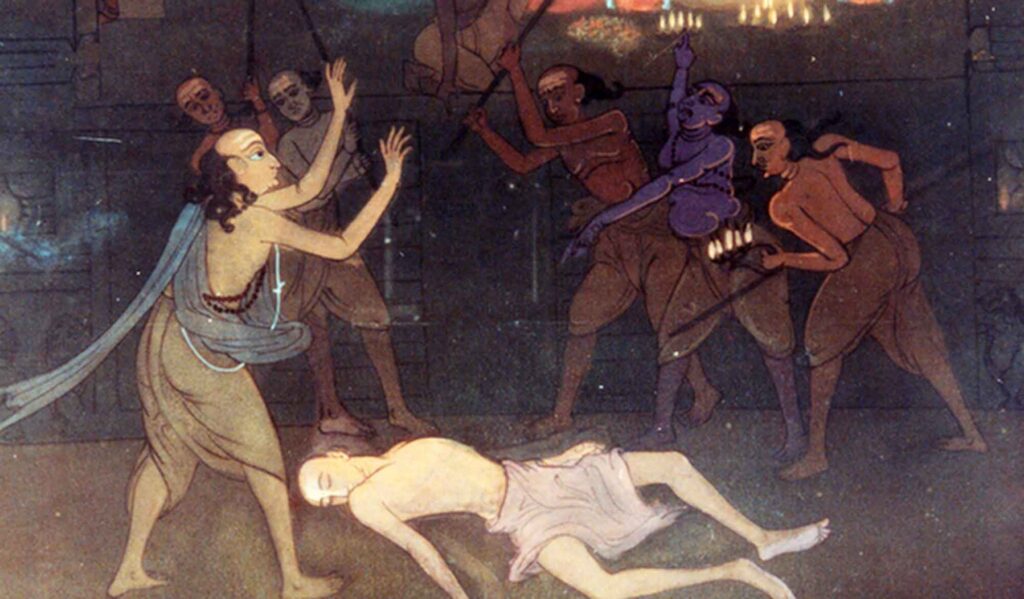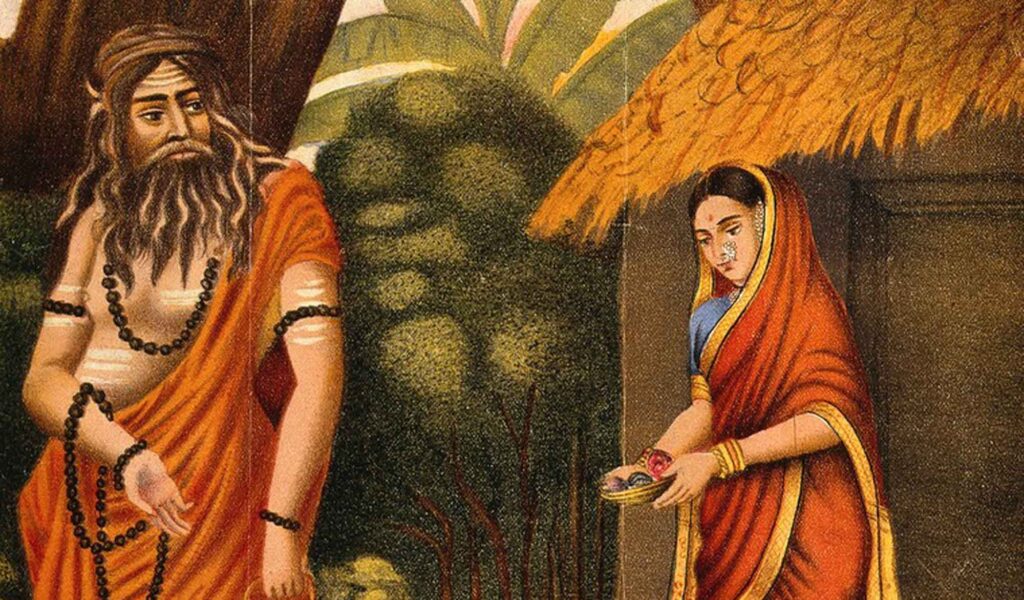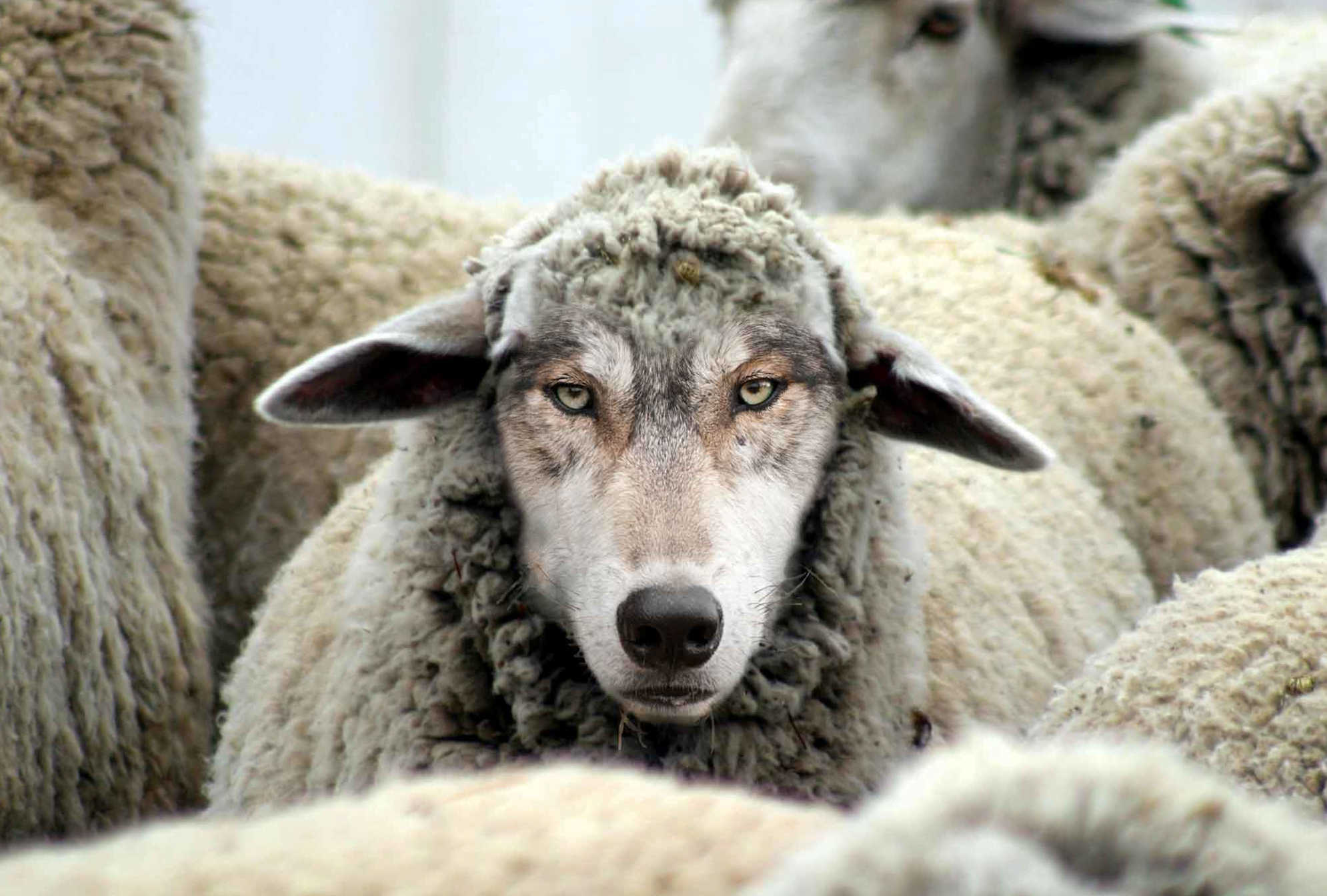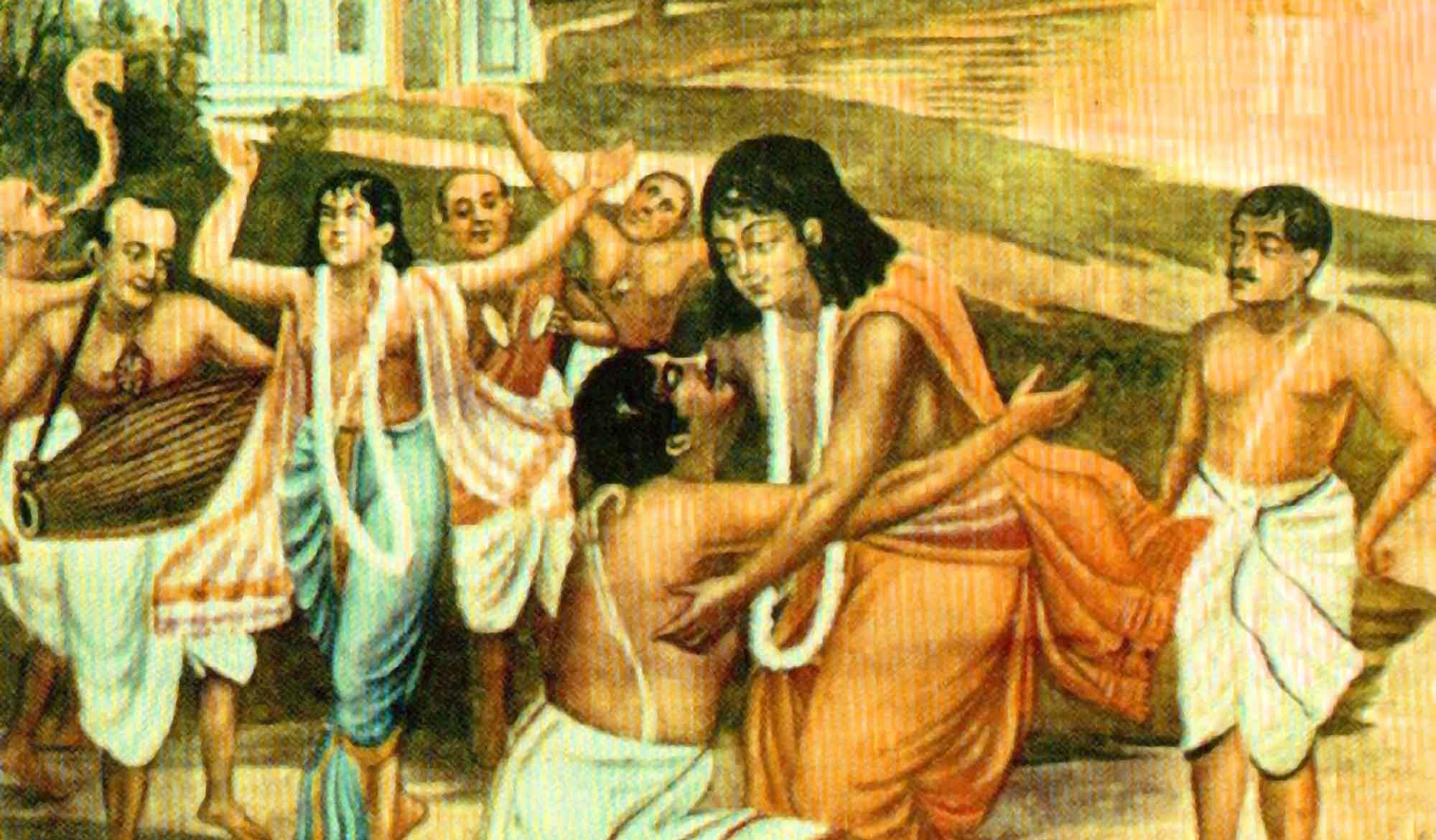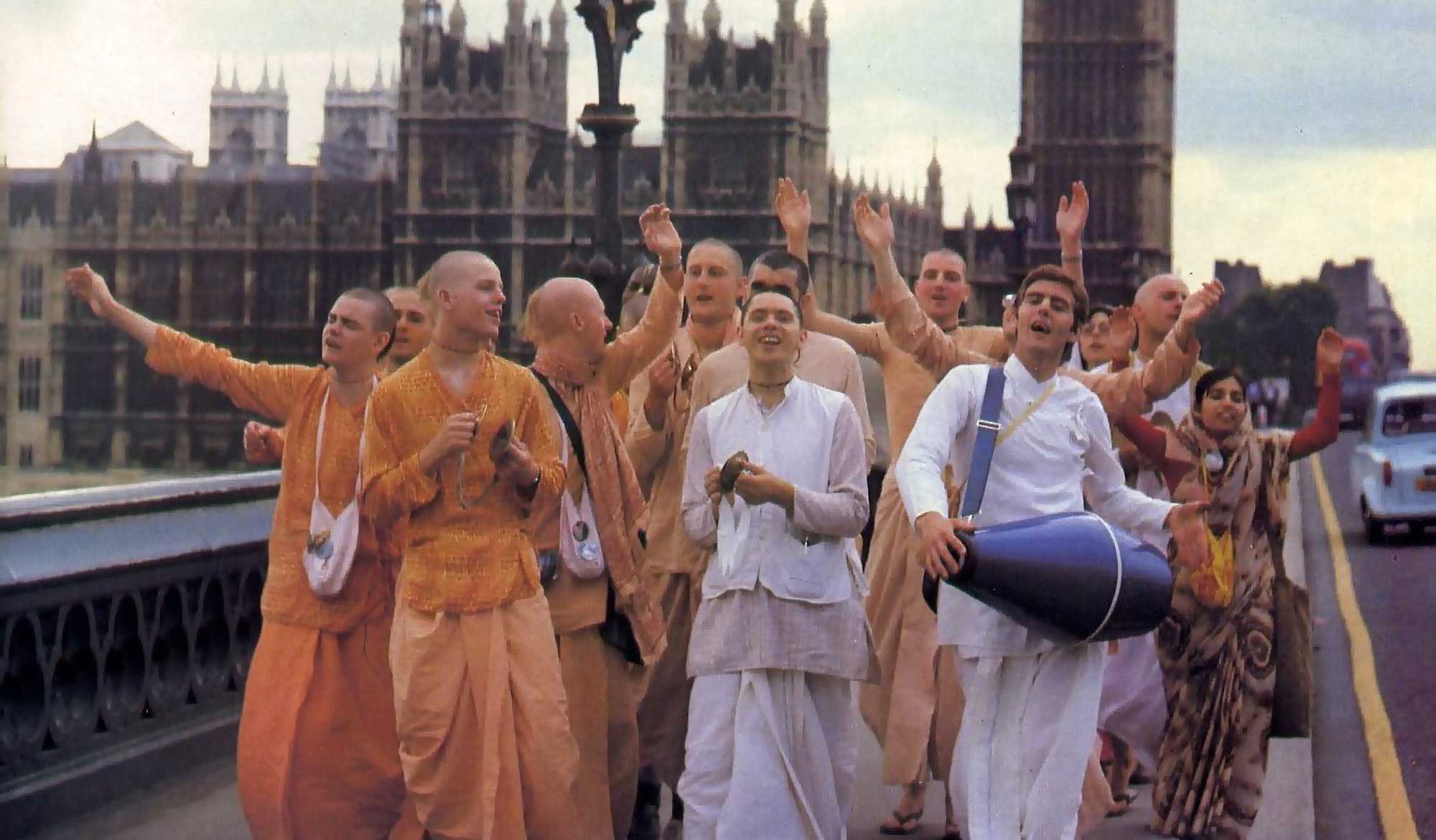Overview
In Kārttika-vrata, published in the 7th issue of the 10th volume of Sajjana Toṣaṇī in 1899, Bhaktivinoda Ṭhākura briefly explains the rules observed during the month of Kārttika.
(translated by Swami B.V. Giri)
Kārttika-vrata is one of the main duties of a Vaiṣṇava. This year, Vaiṣnavas observe Kārttika-vrata from the 9th of Kārttika to the 9th of Agrahāyaṇa.*
*Generally corresponding to the months of October and November.
āśvinasya tu māsasya yā śuklaikādaśī bhavet
kārttikasya vratāniha tasyām kuryād-atandritaḥ
(“One should enthusiastically begin the prescribed vows of Kārttika from the Ekādaśī of the waxing moon in the month of Aśvina.” – Hari-bhakti-vilāsa 16.168)
According to this statement, every year, Kārttika-vrata begins from the day of Ekādaśī, the day after Vijaya-Daśamī. The observance ends on Utthana Ekādaśī. The vow that is observed during this one month is called niyama–sevā (‘offering service by observing regulations’). The rule of niyama–sevā is that every day during this month, at the last yama of the night*, one should offer maṅgala-ārati to Śrī Kṛṣṇa. After bathing in the morning, one should worship Dāmodara. At night, a bright lamp filled with ghee or sesame oil should be placed offered in Bhagavān’s temple and at the base of tulasī and the sky. During the month of Kārttika, one should be vegetarian and eat Bhagavān’s prasāda. One should avoid eating food cooked by others, sleeping in another person’s bed, oil, honey, and the use of bell-metal vessels. After prasāda-sevā, one should listen to and recite the Śrīmad Bhāgavata and other śāstra in the association of Vaiṣṇavas. One should constantly perform hari-nāma kīrtana and smaraṇa. Spending the month following these kinds of rules, on Utthana Ekādaśī, one should fast, even from water, and stay awake at night by speaking kṛṣṇa-kathā. The next morning after purifying oneself and performing hari-kīrtana, one should serve the affectionate Vaiṣṇavas and finally perform prasāda-sevā oneself. On that day, the vow will be completed at the end of the night.
* Three hours before sunrise.

